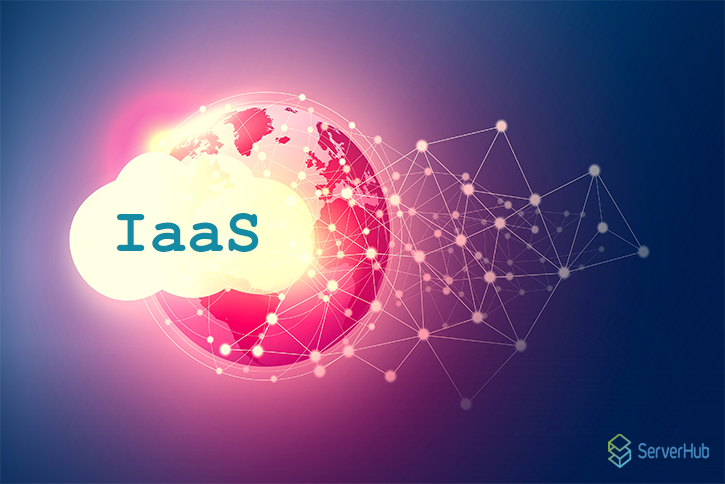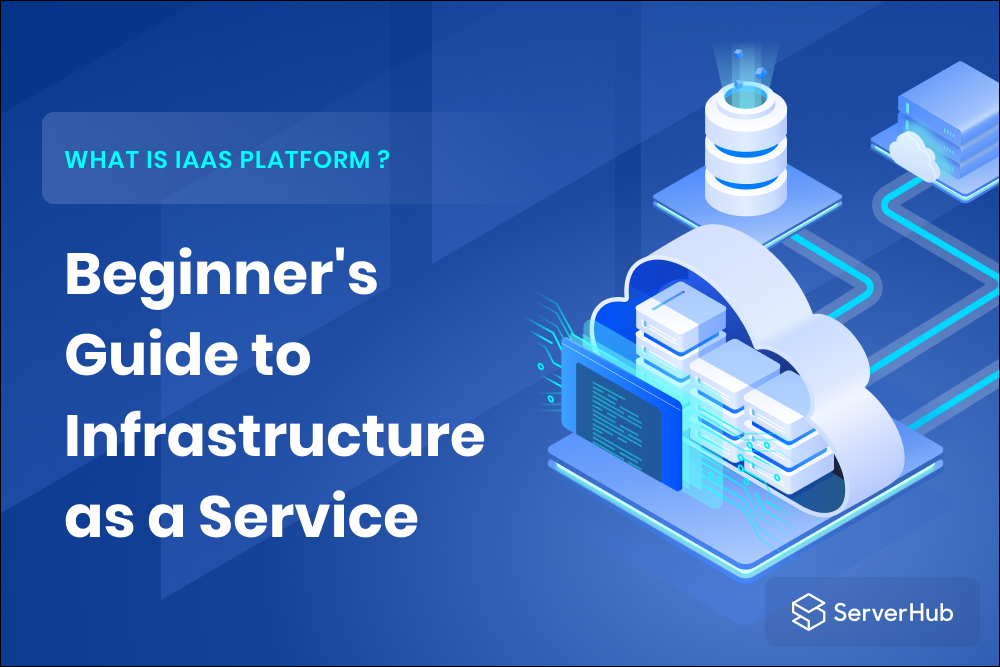To most of us, cloud computing is this calm place where our data stays secure and unbothered. However, the reality is that it’s way beyond peaceful and is pretty much more difficult for an organization that provides or depends on it, let alone its expenses.
The customer demand for infrastructure as a service (IaaS) is rapidly stepping up, since maintaining an on-premises IT infrastructure can be overwhelmingly costive and labor-inclusive. Not to mention how hard it is to find the top talent and experience it requires.
All that aside, you will first need to be knowledgeable enough about the cloud service solutions’ analyzing, evaluating, and designing. Therefore, you need to understand at least how the common types of cloud computing services work.
You can find below our beginner guides for the most 3 common types of cloud computing services.
- Software as a service (SaaS)
- Platform as a service (PaaS)
- Infrastructure as a service (IaaS)
IaaS definition
Infrastructure as a Service (IaaS) is one of the cloud computing services where users rent IT infrastructure through the internet.
The IaaS Infrastructure is hosted on the public cloud and private cloud instead of an on-premises data center.
The service provider is the one responsible for fully managing that infrastructure and delivering it to the customers.
IaaS Advantages
IaaS has many advantages that include but are not limited to:
Improved security:
The cloud service provider of your IaaS can grant you better applications and data security than your in-house one.
Swift apps delivery:
Get the new applications to your users faster with IaaS, as you can focus on the delivery of the app and let the provider set up and infrastructure and development for you.
Target the essence of your business:
Allow your team to prosper freely by focusing on the main thing, instead of the IT infrastructure.
Overall increase:
With the right agreement, your IaaS provider can troubleshoot any potential software/hardware problems for you, moving with what’s best to increase both your stability and reliability.
Best cost-effective improvements:
Get the required product’s infrastructure in no time with scaling up ability, disaster recovery, and high availability. All at the level of start-up expenses.

IaaS challenges
Even though Popular IaaS providers include Microsoft Azure, Amazon Web Services, and Google Compute Engine. Nothing’s perfect without its drawbacks. That include:
Compromisable security:
While it’s true that the IaaS providers will provide the infrastructure, there’s no decisive telling for what comes next, since it becomes the responsibility of the business itself.
Merged vendors:
Your IaaS provider might go out of business at any moment, giving you hard time and current system interaction challenges.
Surprising costs:
whether it’s a piled-up fee or a sudden peak, the overall cost can be unexpected at times.
IaaS vs VPC
Companies with strict or sensitive data require additional protection and privacy within a public cloud, that’s where the virtual private cloud (VPC) comes into play.
VPC is the best way of isolating your data without sacrificing speed or functionality, as VPCs create you a private network for a single tenant inside the public cloud, which allows you to control the virtual firewalls, subnets, and security groups among other network privacy aspects.
IaaS glorified
IaaS providers offer gigantic services that manage to capture the interest of most business owners. However, always prioritize and check thoroughly your IT department’s capabilities to determine whether you’re ready to deal with the demands of IaaS implementation.
After accurate evaluation and analysis, you are ready to take the next step, which’s to start looking for your next IaaS provider, who will be able to meet your current and upcoming needs.
A cloud computing tech-savvy, or just a thirsty learner? Make sure to check the rest of our top-notch blogs or our high-value articles for more to come.
